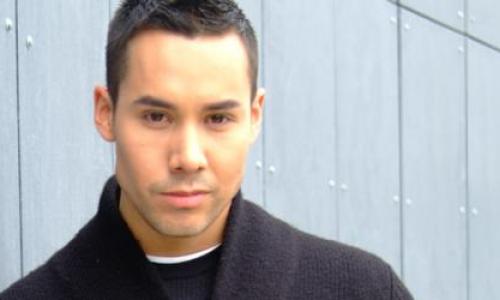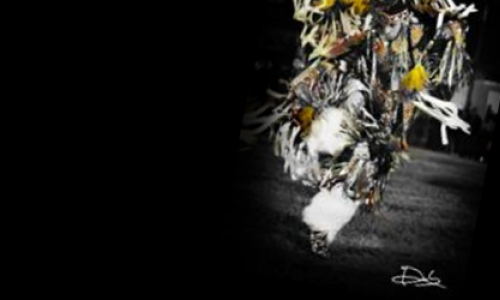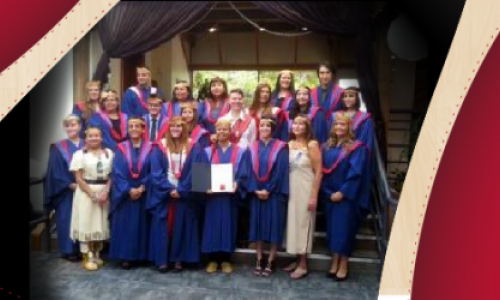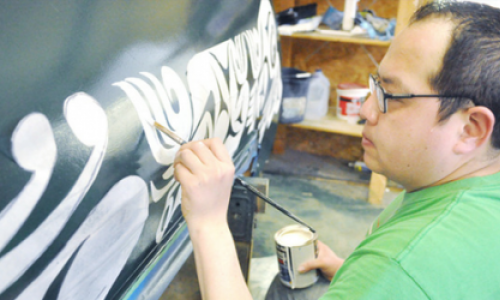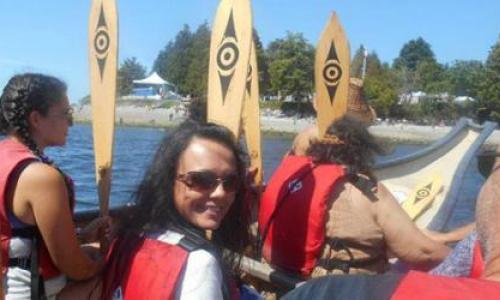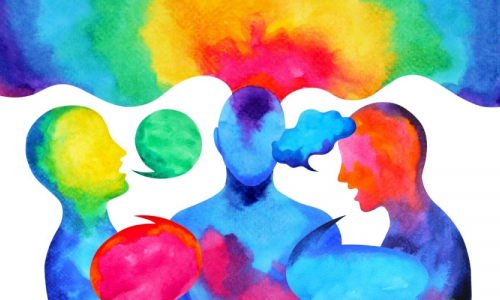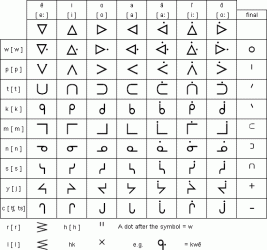
The denial of Indigenous women’s experiences in the Western world alienates them on the level of gender and race, whereby the traditional role of the woman is marginalized within their own communities and entirely ignored within the mainstream of society.
Indigenous women are believed to be the keepers of tradition, cultural continuity and language. With the dawning of globalization and the ever-widening cavern of the digital divide, these women are burdened with the responsibility of protecting the language. This burden is made greater by the subsequent denial of the female experience within the creation, design, production and use of technology. Paradoxically, technological advances have also the ability to ensure the persistence of Indigenous languages given that Indigenous women adopt contemporary methods to maintaining traditional languages and customs as well as traditional methods of transmission.
According to the 2011 Canadian census, there are “over 60 Aboriginal languages grouped into 12 distinct language families” (Canada, 2014), however ten or more Aboriginal languages have been completely lost over the past 100 years. Languages in isolated communities and poverty-stricken Indian reserves run the risk of collapse if the people within those communities continue to adopt the dominant languages, such as English and French.
New technologies, such as cell phones, laptops and the like, do not provide options for Indigenous languages. While we are seeing more and more Indigenous language sites popping up on the internet, as well as, learning applications, like Cree Dictionaries, for example, these are few and far between, particularly for the languages that are lesser known.
"According to the literature, the role of women can basically be viewed from two different perspectives. One view is that women hold a “traditional” role as the “keepers” or transmitters of their languages and cultures. The other view is that women are at the forefront of linguistic change…Because women are often at the forefront of linguistic change, they affect the processes of language loss, language maintenance, and revitalization."
- (Restoring the Balance: First Nations Women, Community, and Culture).
By examining the ways in which language has been, and continues to be lost, maintained and revitalized in the age of technological advancement, it can provide these keepers of the language with insights into the ways in which they might better maintain and revitalize language, as well as take action against the conditions of technology and the digital divide that are aiding in the loss of language.
In terms of the loss of language, “[a]bout 97 per cent of the world’s population speaks 4 per cent of its languages, while only 3 per cent speaks 96 per cent of them. A great majority of these languages are spoken by indigenous peoples, and many (if not most) of them are in danger of becoming extinct” (United Nations). For the Indigenous languages of Canada, much of the difficulty lies within a lack of accessibility. Technology that might be used as a teaching tool is not easily accessible in remote communities and where there is access to technology, most Indigenous languages are not easily translated into working computer programs. It’s important to understand also, that as mother’s, Indigenous women are more often choosing the dominant language for their children as it is the only socially feasible option.
In order to prevent this loss from occurring, Indigenous women have the opportunity to establish the means of maintaining languages, as well as revitalizing those that are nearly gone. As keepers of the language, Indigenous women have to demand a space within the public sphere whereby they work toward, firstly, accessibility to technology itself, reaching isolated communities and impoverished Indian reserves; and secondly, involving themselves in the creation and design of ICTs for the purposes of creating Indigenous language programs for educating future generations.
Indigenous women must insert themselves into this process in order to ensure the survival of their traditional languages. Even with mediocre success in this process, revitalization will occur naturally at a more sustainable level.
“Many First Nations women face conflicting choices and pressures in trying to ensure that their cultural values are in harmony with achieving success within the larger mainstream realms of education and work”
- (Restoring the Balance: First Nations Women, Community, and Culture).
By providing access and availability to mainstream technology, women can reconcile many of these conflicts by using the technology to revitalize language. Rather than having to choose between two worlds, they can have the option to amalgamate their culture and languages into technological processes that will, not only appeal to their children, but will also encourage the adoption of mainstream practices that inevitably make economic success more viable.
This process, in and of itself, works against patriarchal policy and practice and has the potential to return them to their roles as the keepers of knowledge in a digital world.











